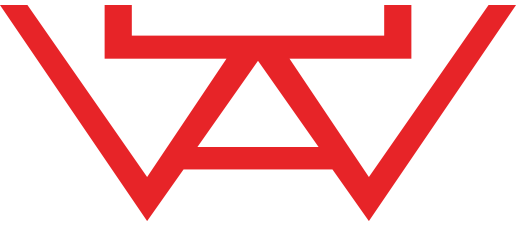An animal is always moving, so weighing your cattle on a conventional scale is not possible. That is why more farms and livestock firms are using cattle scales in Lethbridge, Red Deer, Calgary, and surrounding cities.
Livestock scales are more accurate and easier to use because they are designed with the animal’s motion in mind. These scales are designed to handle a variety of weights and sizes of livestock too, which increases profits for your business. While helpful, they are a significant upfront investment. Therefore, you must know how to properly maintain your cattle scale and get the most out of that upfront cost. Tips for Cattle Scale Servicing and Maximizing Your Investment Now that you have a livestock scale at your farm or facility, the next step is to ensure it pays back for the cost. Luckily, you only have four critical things to remember here.
-
Set it up correctly. Your scale can be inaccurate when it is not installed correctly. To ensure it is, have a company that specializes in livestock scales in Calgary install it for you. If you are weighing in a particular location, use a permanent scale, but install on a firm, level surface where shifting is not an issue.
-
Electricity source. You need a constant power source for your livestock scale. Make sure the source is within reach and the area can remain dry. Power cords should never be in the way. Also, cell cables should be placed correctly for safety purposes.
-
Remove debris frequently. To prolong the lifespan of your cattle scale, be sure to clean it regularly and remove manure and rocks. Debris can affect weight.
-
Have your livestock scale calibrated frequently. While you might clean your scale, and have it installed correctly, that does not mean it will not require a calibration. Cattle scale servicing is a critical component of proper maintenance. Regular maintenance depends on the manufacturer’s instructions, but in most cases, you will want to re-calibrate and service monthly or quarterly.
Start with the Right Cattle Scales in Calgary, Red Deer, and Surrounding Cities To ensure your livestock business is off to the right start, purchase your cattle scale from Accurate/Western Scale Co. Ltd. We offer all-weather use livestock scales that come with a farm bar so that your scale remains level and as accurate as possible. Calibrating and balancing is done at the factory level to ensure that any installation errors are few and far between. Furthermore, our team can come out and perform cattle scale maintenance monthly or quarterly to keep your scale accurate. We offer portable group animal scales as well, which allows you to take your scale on the road and not sacrifice accuracy or efficiency. We offer scale packages ranging from 2,500 pounds to as high as 10,000 pounds.
Contact our sales team today at 403-250-3232 to schedule a consultation or to learn more about cattle scale maintenance. You may also request a quote online for your new livestock scales in Calgary, Red Deer, Lethbridge, and surrounding cities by filling out our contact form.
